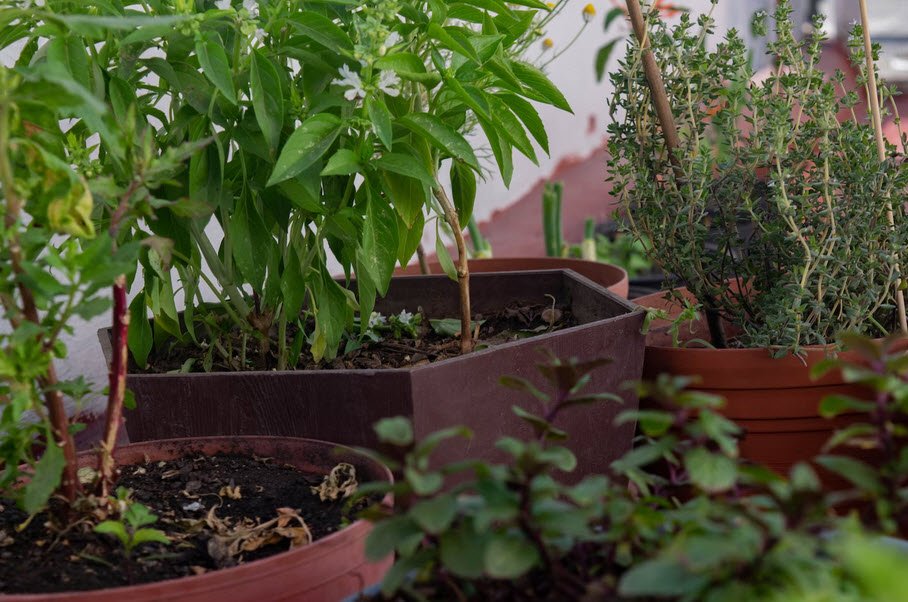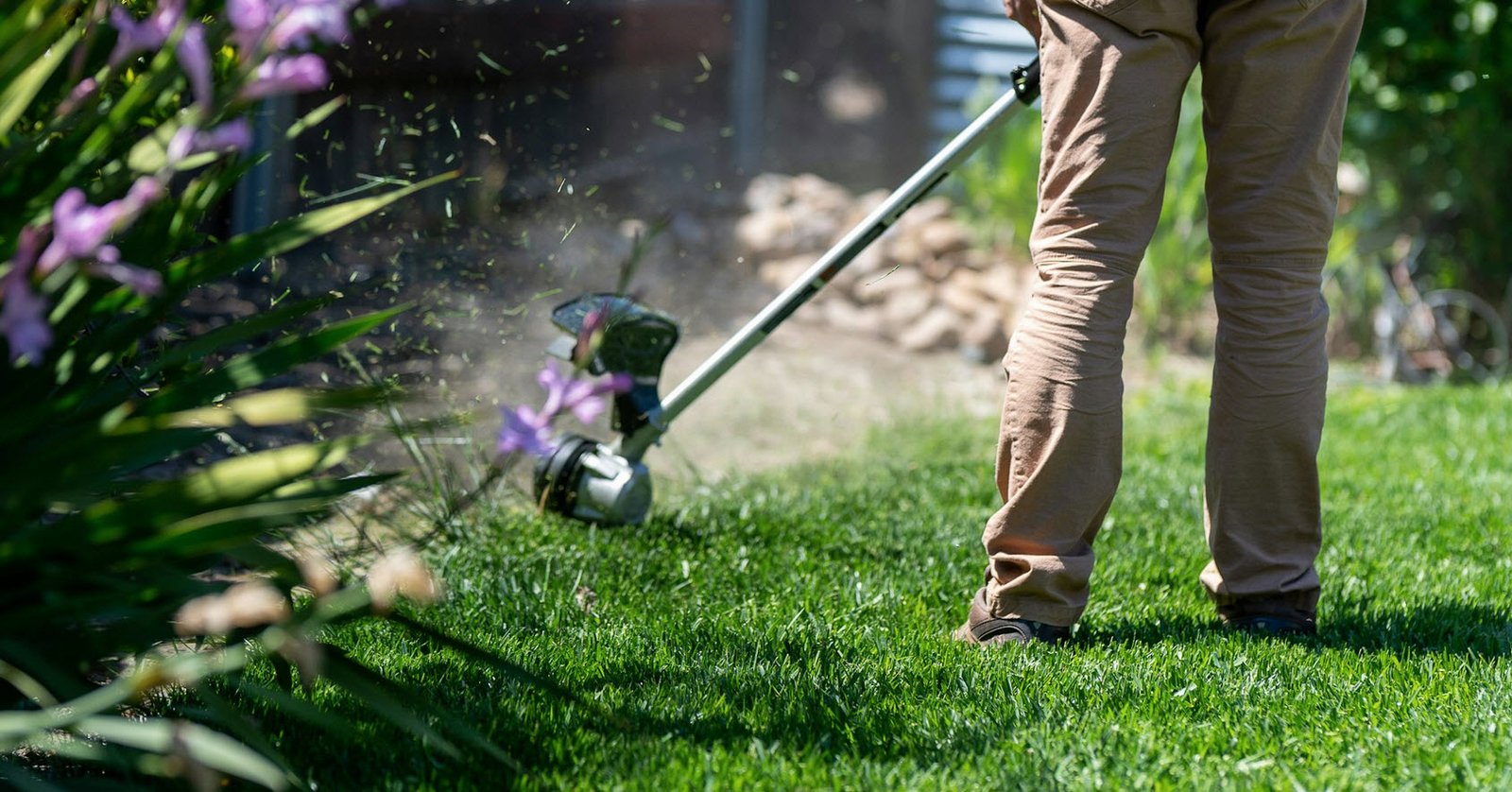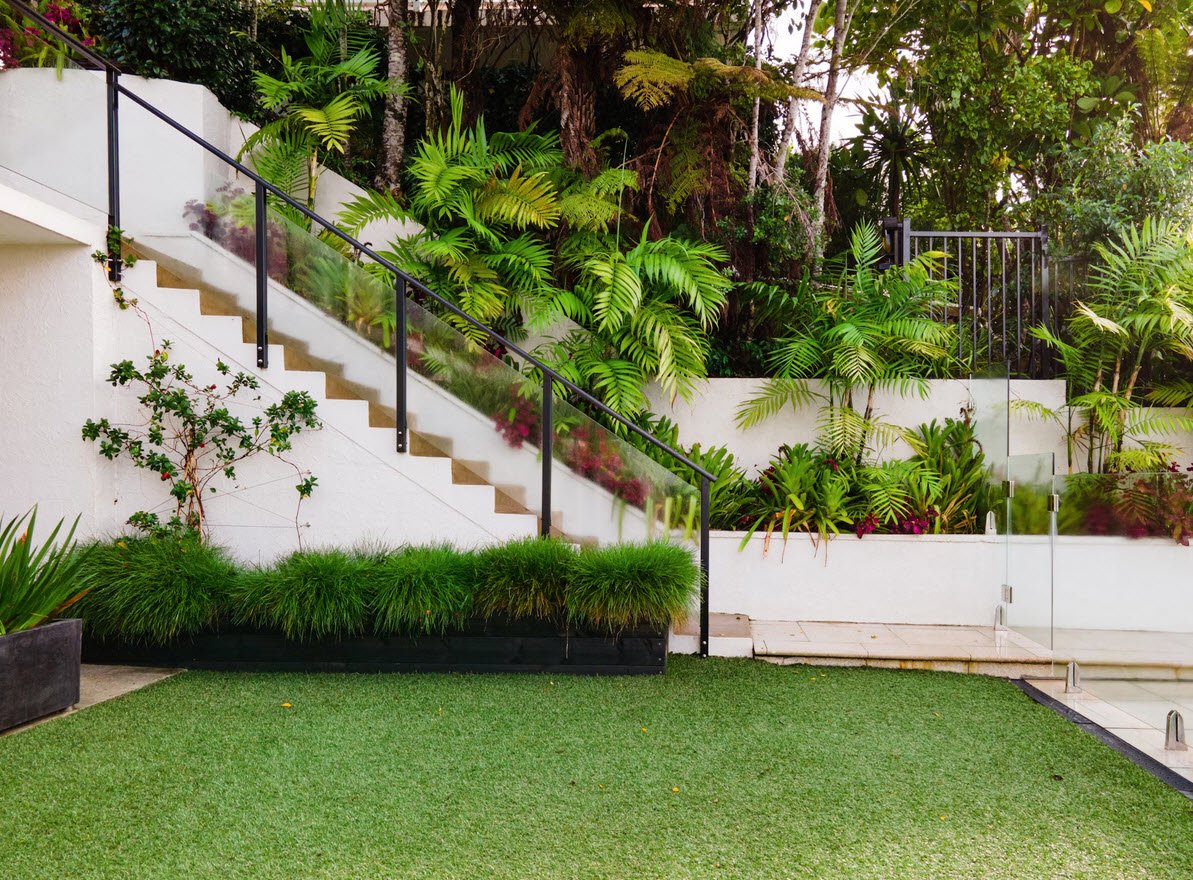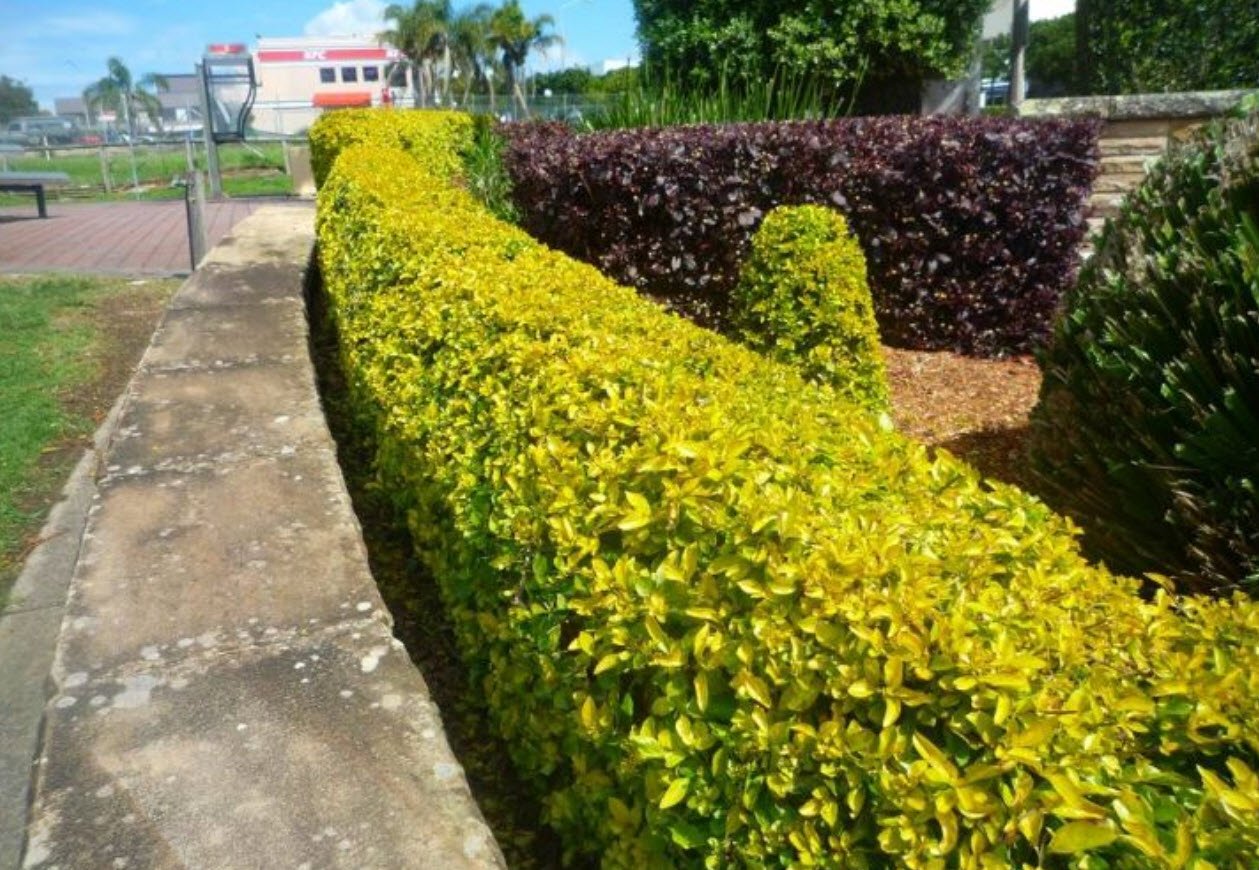
Composting is nature’s own way of recycling yard and household wastes by converting them into valuable fertilizer, soil organic matter, and a source of plant nutrients.
The result of this controlled decomposition of organic matter—a dark, crumbly, earthy-smelling material—works wonders on all kinds of soil by providing vital nutrients and contributing to good aeration and moisture-holding capacity, to help plants grow and look better.
Composting can be as simple or as involved as you would like, depending on how much yard waste you have, how fast you want results, and the effort you are willing to invest.
Because all organic matter eventually decomposes, composting speeds up the process by providing an ideal environment for bacteria and other decomposing microorganisms.
The composting season coincides with the growing season, when conditions are favorable for plant growth, so those same conditions work well for biological activity in the compost pile. However, since compost generates heat, the process may continue later into the fall or winter. The final product—called humus or compost—looks and feels like fertile garden soil.
Common Composting Materials:
- Cardboard
- Coffee grounds
- Corn cobs
- Corn stalks
- Food scraps
- Grass clippings
- Hedge trimmings
- Livestock manure
- Newspapers
- Plant stalks
- Pine needles
- Old potting soil
- Sawdust
- Seaweed
- Shredded paper
- Straw
- Tea bags
- Telephone books
- Tree leaves and twigs
- Vegetable scraps
- Weeds without seed heads
- Wood chips
- Woody brush
Avoid using:
- Bread and grains
- Cooking oil
- Dairy products
- Dead animals
- Diseased plant material
- Dog or cat manure
- Grease or oily foods
- Meat or fish scraps
- Noxious or invasive weeds
- Weeds with seed heads
The calcium in eggshells encourages cell growth in plants. You can even mix crushed eggshells directly into the soil around tomatoes, zucchini, squash, and peppers to prevent blossom end rot. Eggshells also help deter slugs, snails, and cutworm.
Compost Preparation
While a multitude of organisms, fungi, and bacteria is involved in the overall process, there are four basic ingredients for composting: nitrogen, carbon, water, and air.
A wide range of materials may be composted because anything that was once alive will naturally decompose. The starting materials for composting, commonly referred to as feed stocks, include leaves, grass clippings, straw, vegetable and fruit scraps, coffee grounds, livestock manure, sawdust, and shredded paper.
However, some materials that should always be avoided include diseased plants, dead animals, noxious weeds, meat scraps that may attract animals, and dog or cat manure, which can carry disease. Since adding kitchen wastes to compost may attract flies and insects, make a hole in the center of your pile and bury the waste. Most of your household food waste can be composted.
Avoid composting meat scraps, dairy products, grains, or very greasy foods.
For best results, you will want an even ratio of green, or wet, material, which is high in nitrogen, and brown, or dry, material, which is high in carbon. Simply layer or mix landscape trimmings and grass clippings, for example, with dried leaves and twigs in a pile or enclosure.
If there is not a good supply of nitrogen-rich material, a handful of general lawn fertilizer or barnyard manure will help even out the ratio.
Though rain provides the moisture, you may need to water the pile in dry weather or cover it in extremely wet weather. The microorganisms, which are small forms of plant and animal life, in the compost pile function best when the materials are as damp as a wrung-out sponge—not saturated with water.
A moisture content of 40 to 60 percent is preferable. To test for adequate moisture, reach into your compost pile, grab a handful of material, and squeeze it. If a few drops of water come out, it probably has enough moisture. If it doesn’t, add water by putting a hose into the pile so that you aren’t just wetting the top, or, better yet, water the pile as you turn it. Air is the only part that cannot be added in excess.
For proper aeration, you’ll need to punch holes in the pile so it has many air passages. The air in the pile is usually used up faster than the moisture, and extremes of sun or rain can adversely affect this balance, so the materials must be turned or mixed up often with a pitchfork, rake, or other garden tool to add air that will sustain high temperatures, control odor, and yield faster decomposition.
Over time, you’ll see that the microorganisms will break down the organic material. Bacteria are the first to break down plant tissue and are the most numerous and effective compost makers in your compost pile.
Fungi and protozoans soon join the bacteria and, later in the cycle, centipedes, millipedes, beetles, sow bugs, nematodes, worms, and numerous others complete the composting process. With the right ingredients and favorable weather conditions, you can have a finished compost pile in a few weeks.
How to Make Your Own Backyard Composting Heap
1. Choose a level, well-drained site, preferably near your garden.
2. Decide whether you will be using a bin after checking on any local or state regulations for composting in urban areas, as some communities require rodent-proof bins.
There are numerous styles of compost bins available, depending on your needs, ranging from a moveable bin formed by wire mesh to a more substantial wooden structure consisting of several compartments. You can also easily make your own bin using chicken wire or scrap wood.
While a bin will help contain the pile, it is not absolutely necessary, as you can build your pile directly on the ground. To help with aeration, you may want to place some woody material on the ground where you will build your pile.
3. As your compost begins to break down, you may notice gases escaping from the pile.
4. Ensure that your pile will have a minimum dimension of 3 feet all around, but is no taller than 5 feet, as not enough air will reach the microorganisms at the center if it is too tall.
If you don’t have this amount at one time, simply stockpile your materials until a sufficient quantity is available for proper mixing. When composting is completed, the total volume of the original materials is usually reduced by 30 to 50 percent.
5. Build your pile by using either alternating equal layers of high-carbon and high-nitrogen material or by mixing equal parts of both together and then heaping it into a pile.
If you choose to alternate layers, make each layer 2 to 4 inches thick. Some composters find that mixing the two together is more effective than layering. Adding a few shovels of soil will also help get the pile off to a good start because soil adds commonly found, decomposing organisms to your compost.
6. Keep the pile moist but not wet. Soggy piles encourage the growth of organisms that can live without oxygen and cause unpleasant odors.
7. Punch holes in the sides of the pile for aeration. The pile will heat up and then begin to cool. The most efficient decomposing bacteria thrive in temperatures between 110 and 160 degrees Fahrenheit. You can track this with a compost thermometer, or you can simply reach into the pile to determine if it is uncomfortably hot to the touch.
At these temperatures, the pile kills most weed seeds and plant diseases. However, studies have shown that compost produced at these temperatures has less ability to suppress diseases in the soil, since these temperatures may kill some of the beneficial bacteria necessary to suppress disease.
8. Check your bin regularly during the composting season to assure optimum moisture and aeration are present in the material being composted.
9. Move materials from the center to the outside of the pile and vice versa. Turn every day or two and you should get compost in less than four weeks. Turning every other week will make compost in one to three months. Finished compost will smell sweet and be cool and crumbly to the touch.








